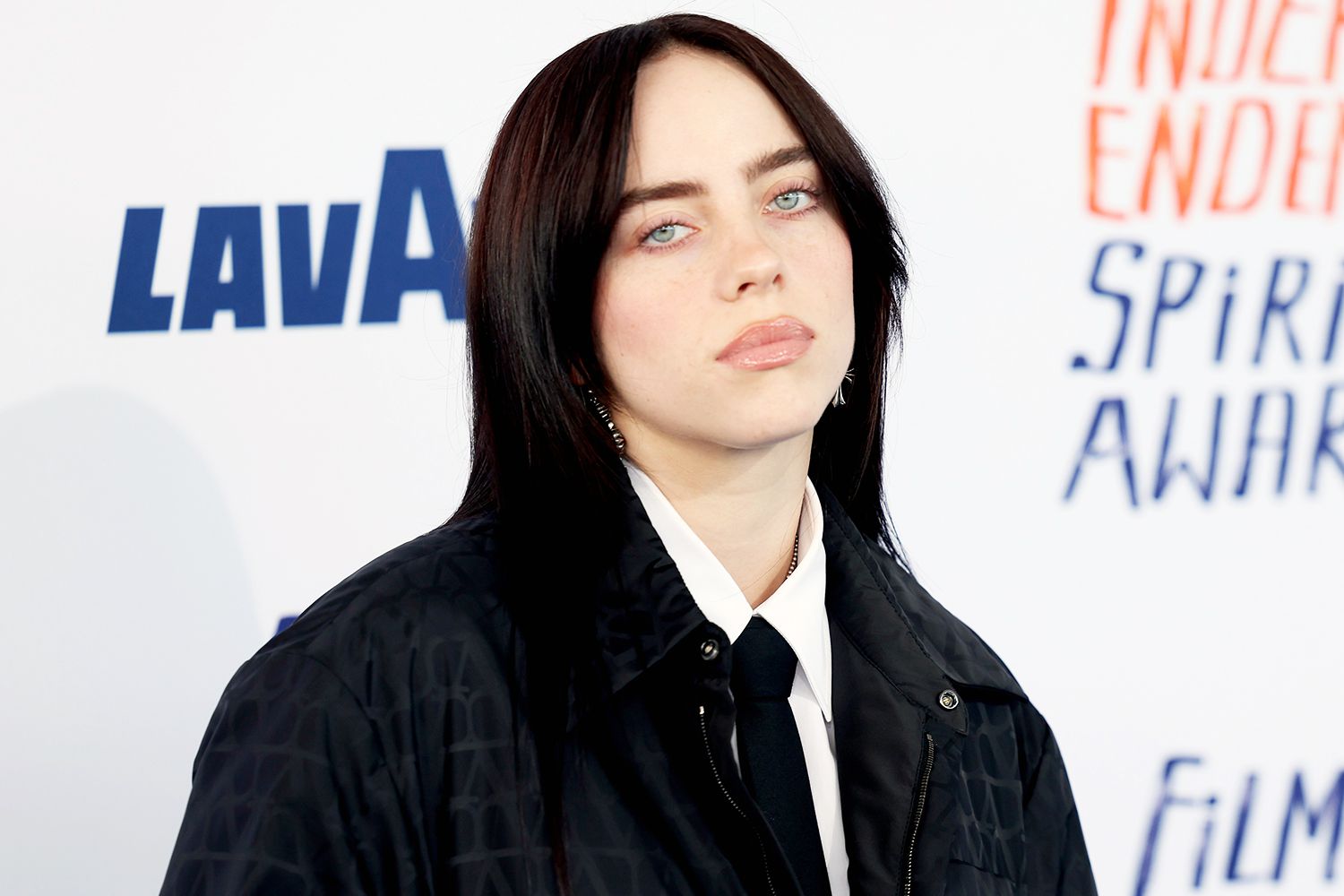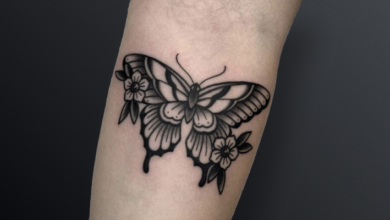Brandy and Billy: Exploring the Intersection of Fashion, Body Image, and Celebrity Influence?

In the realm of fashion and celebrity culture, the interplay between personal identity and public perception often shapes trends and societal norms. One notable example is the relationship between the fashion brand Brandy Melville and pop sensation Billie Eilish. While “Brandy and Billy” might not denote a specific collaboration, the connection between the brand and the artist offers insight into broader discussions about body image, fashion standards, and the influence of celebrity endorsements.
Understanding Brandy Melville: A Fashion Phenomenon
Brandy Melville is an Italian fashion brand that gained prominence for its minimalist designs and a unique “one-size-fits-most” approach. Targeting teenage girls and young women, the brand’s aesthetic aligns with the “Coquette” style, emphasizing simplicity and a youthful appeal. Despite its popularity, Brandy Melville has faced criticism for promoting unrealistic body standards due to its limited sizing options.
As of April 2024, Brandy Melville boasts over 3.1 million followers on Instagram and operates approximately 100 stores globally, generating over $212 million in sales in 2023. However, the brand’s success is juxtaposed with growing concerns about its impact on young consumers’ self-esteem and body image.
Billie Eilish: A Voice Against Conformity
Billie Eilish, a Grammy-winning singer-songwriter, is renowned for her distinctive musical style and fashion choices. From the onset of her career, Eilish challenged conventional beauty standards by opting for baggy clothing, a decision she explained was both a personal style preference and a means to avoid sexualization. People.com
In a candid interview with Complex, Eilish revealed how her early obsession with Brandy Melville significantly affected her body image and self-esteem. She recounted how the brand’s one-size-only clothing didn’t fit her as she developed early, leading to negative body image issues around the age of 10 or 11. Eilish’s experience underscores the profound impact fashion brands can have on young individuals’ perceptions of themselves. People.com
“I was chubbier, and I was obsessed with these clothes, but I’d buy a shirt, and it wouldn’t fit me. That’s when my body problems started.”
— Billie EilishPeople.com
The Broader Implications: Fashion, Media, and Mental Health
Eilish’s experiences with Brandy Melville highlight a broader issue within the fashion industry: the perpetuation of narrow beauty ideals. Brands that promote a singular body type can inadvertently contribute to body dissatisfaction among consumers, particularly impressionable teenagers.
The media’s portrayal of idealized body standards further exacerbates these issues. When celebrities like Eilish speak out about their struggles, it brings much-needed attention to the mental health implications of these industry practices. Her openness encourages a dialogue about inclusivity and the importance of diverse representation in fashion.
Moving Towards Inclusivity: The Role of Brands and Influencers
The fashion industry is gradually recognizing the need for inclusivity and diversity. Brands are expanding their size ranges and featuring models of various body types to reflect a more realistic and inclusive image. Influencers and celebrities play a crucial role in this shift by advocating for change and using their platforms to challenge outdated norms.
Eilish’s decision to alternate between baggy and hyper-feminine styles serves as a testament to personal agency in fashion. By refusing to be confined to a single aesthetic, she empowers others to express themselves authentically, free from societal expectations.People.com
Conclusion: Reflecting on “Brandy and Billy”
While “Brandy and Billy” may not represent a direct collaboration, the intersection of Brandy Melville’s fashion ethos and Billie Eilish’s personal journey offers valuable insights into the complexities of body image, media influence, and the evolving landscape of fashion. Their narratives underscore the importance of promoting inclusivity, challenging harmful norms, and fostering environments where individuals can embrace their identities without fear of judgment.
As consumers and creators continue to advocate for change, the fashion industry must respond by embracing diversity and prioritizing the well-being of its audience. Only through collective effort can we hope to build a more inclusive and empathetic fashion culture. Also read. PedroVazPaulo Business Consultant




